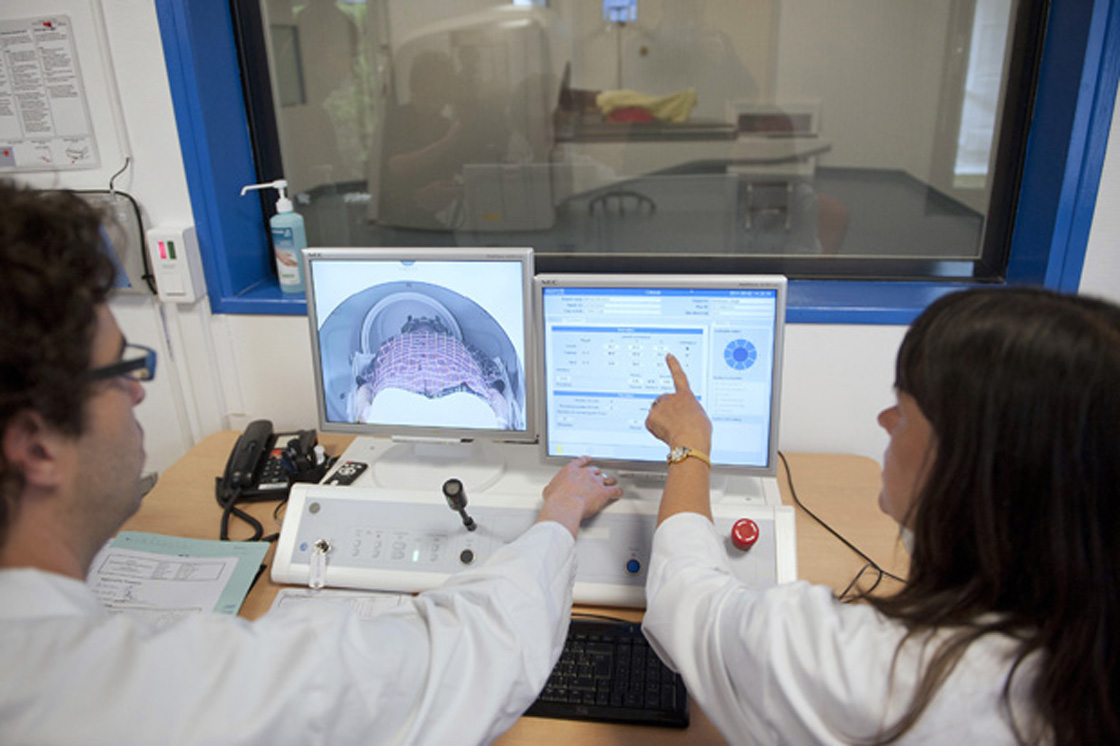CALGARY – A study that has been tracking brain-injured patients in southern Alberta for more than a decade says survival rates have improved.

The study by the University of Calgary says roughly seven out of 10 patients with critical head injuries now survive – up 10 per cent from 12 years ago.
Researchers also conclude that people with brain injuries are more likely to return home without requiring any long-term medical care.
Read more: Brain exercise trumps medication in maintaining seniors’ cognitive health: study
The study followed nearly 4,100 patients in Calgary’s adult intensive care units.
Head trauma and stroke are the primary cause of admission for about one in six ICU patients.
The database used allowed researchers to track each patient’s admission diagnosis and daily condition.
Read more: New research raises ethical questions over helping those in ‘vegetative state’
“This represents a substantial mortality reduction and is likely due to quality improvement in multiple areas of our health-care system,” Dr. Andreas Kramer, a critical care physician and member of the university’s Hotchkiss Brain Institute, said in a release Tuesday.
“More timely pre-hospital care, better emergency department resuscitation, earlier access to CT (computed tomography) scans, and developments in neurosurgery, ICU care and rehabilitation are all factors that may have helped improve survival rates.”
Read more: Mood swings, memory loss first symptoms of brain disease in hockey, football players
Over the same period, the proportion of brain-injured patients who were sent home without the need of support services increased to 40 per cent from 33 per cent.
“We aren’t only sending patients home alive, but a larger proportion is also returning to a sense of normalcy in their everyday lives,” Kramer said.
The study, co-authored by Kramer and Dr. David Zygun, was published in the October edition of The Canadian Journal of Anesthesia.




Comments